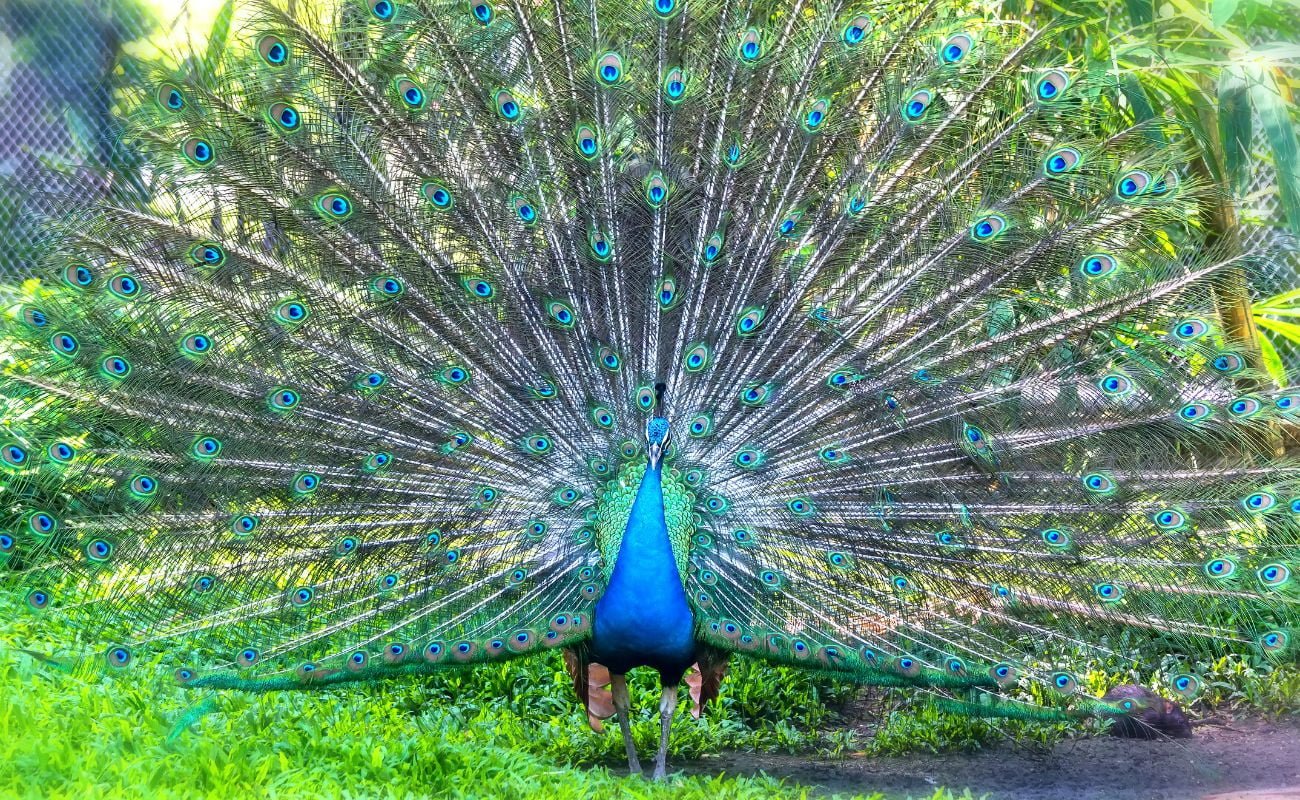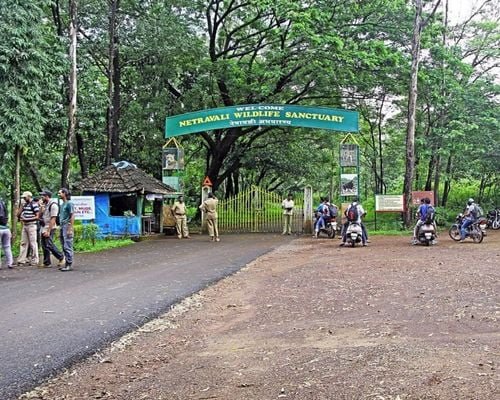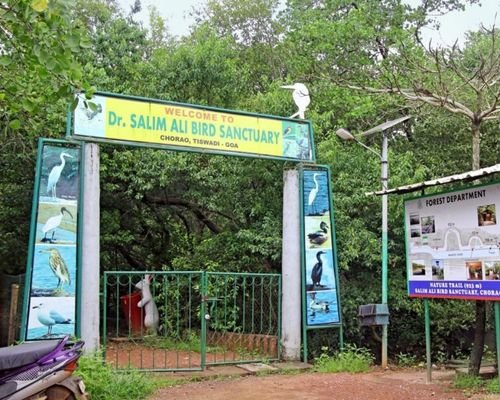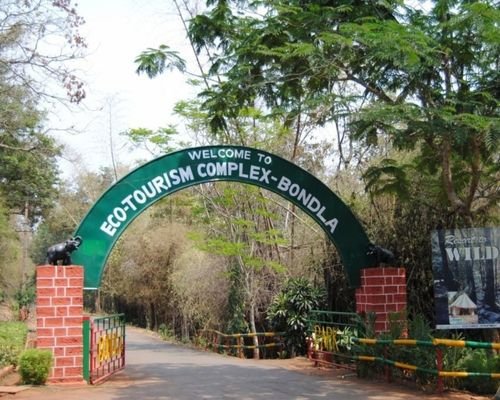Goa’s Wildlife: A Guide to Its National Parks and Sanctuaries

Goa is not just about its pristine beaches, rich history, and vibrant culture. It also boasts a diverse range of wildlife and natural beauty, waiting to be explored. The state is home to several national parks and wildlife sanctuaries that offer a unique opportunity to get up close with its flora and fauna.
Bhagwan Mahavir Wildlife Sanctuary: Located in the dense forests of the Western Ghats, this sanctuary is home to several species of animals, including tigers, leopards, deer, and monkeys. The Dudhsagar Waterfalls within the sanctuary are also a major attraction.
Salim Ali Bird Sanctuary: Named after the famous ornithologist, this sanctuary is a paradise for bird lovers. Located on the western tip of the Chorao Island, it is home to a variety of birds, including the rare and endangered species of the black-necked stork.
Mhadei Wildlife Sanctuary: Spread over an area of 208 sq km, this sanctuary is located in the Western Ghats and is known for its rich biodiversity. It is home to several species of animals, including barking deer, sloth bears, and gaurs.
Cotigao Wildlife Sanctuary: Known for its dense forests and waterfalls, this sanctuary is located in South Goa and is home to several species of animals, including Indian bison, sambar deer, and Malabar giant squirrels.
Netravali Wildlife Sanctuary: Located in South Goa, this sanctuary is known for its natural beauty and biodiversity. It is home to several species of animals, including tigers, leopards, and sloth bears.
Bondla Wildlife Sanctuary: Spread over an area of 8 sq km, this sanctuary is located in the Ponda taluka of North Goa. It is known for its lush greenery and variety of animals, including deer, bison, and monkeys.
Apart from these, there are also several other natural reserves and parks in Goa that are worth exploring.Visitors can take part in various activities within these sanctuaries, including trekking, birdwatching, and nature walks. These sanctuaries are perfect for those who want to escape the city’s hustle and bustle and experience nature in its raw form.



Tips for Responsible Wildlife Tourism
Discover the beauty of Goa’s wildlife while respecting their natural habitat
In conclusion, if you’re a nature lover and want to explore the wild side of Goa, these national parks and wildlife sanctuaries are a must-visit. They offer a unique opportunity to get up close and personal with the state’s diverse flora and fauna and create unforgettable memories.
